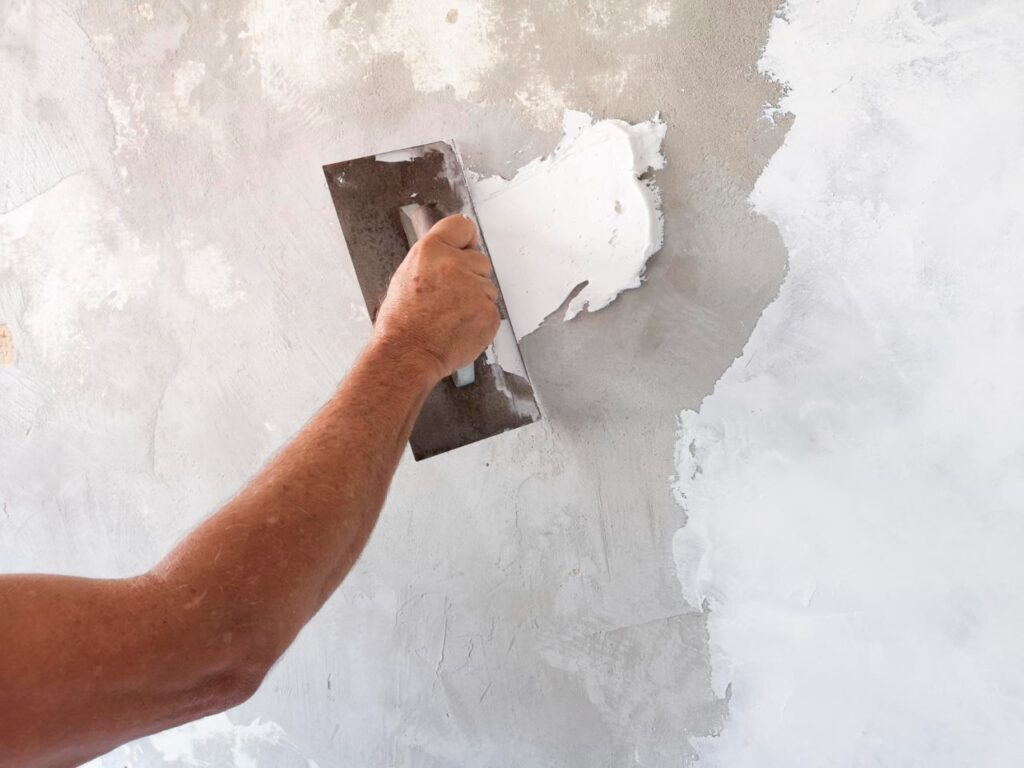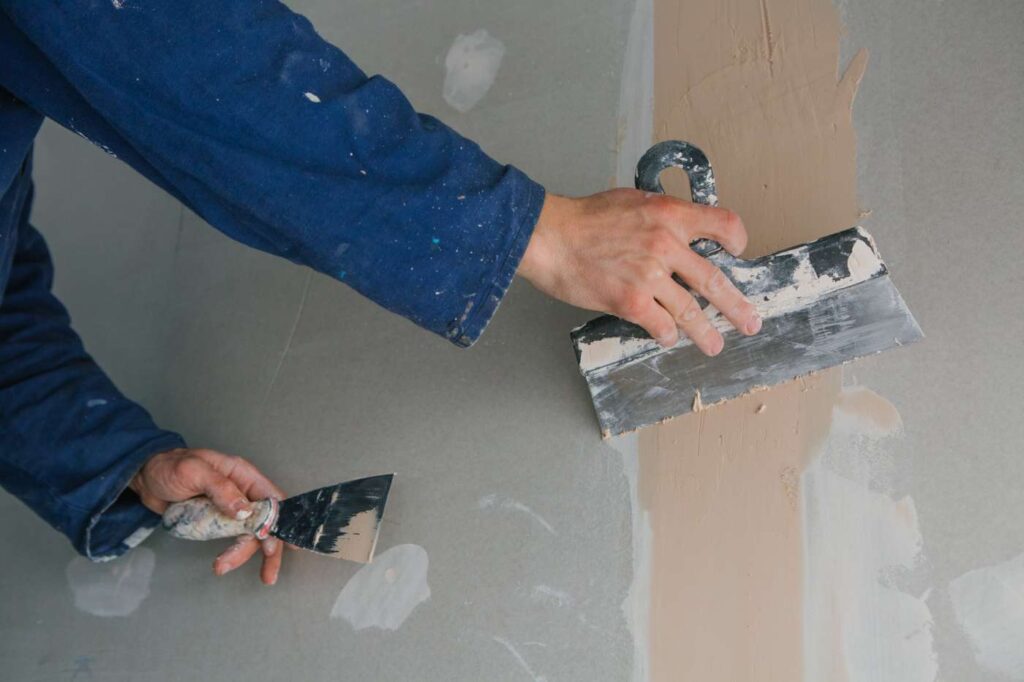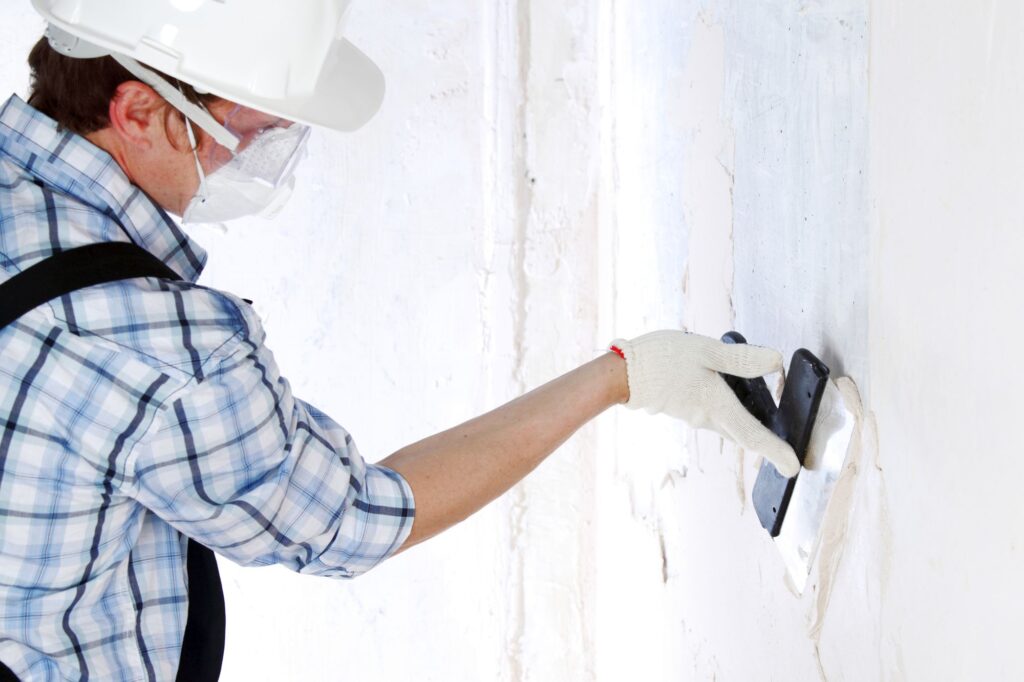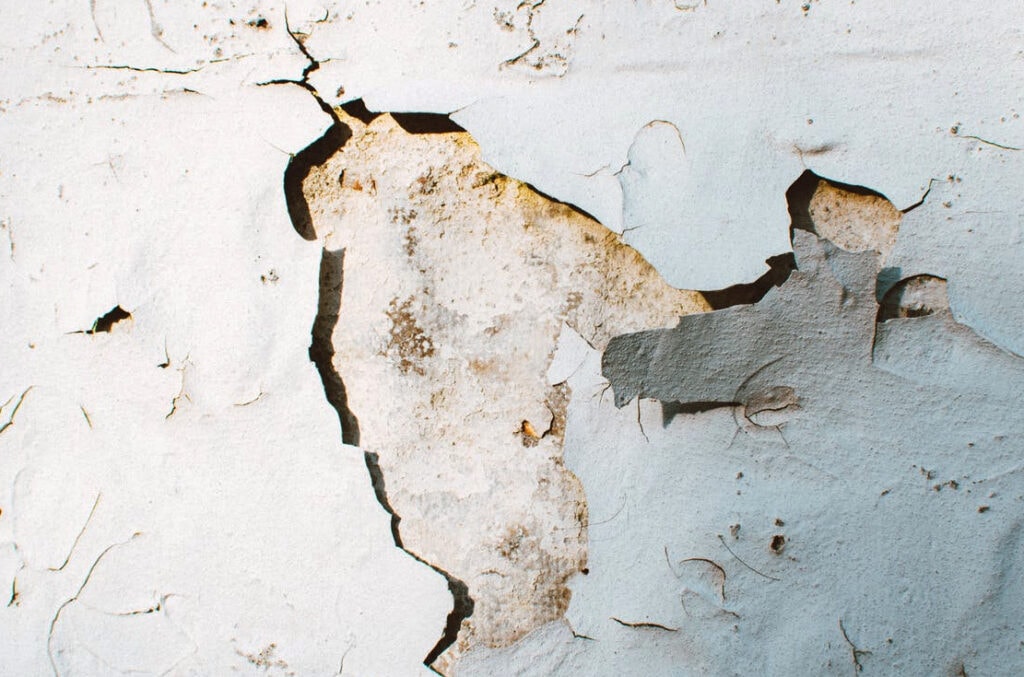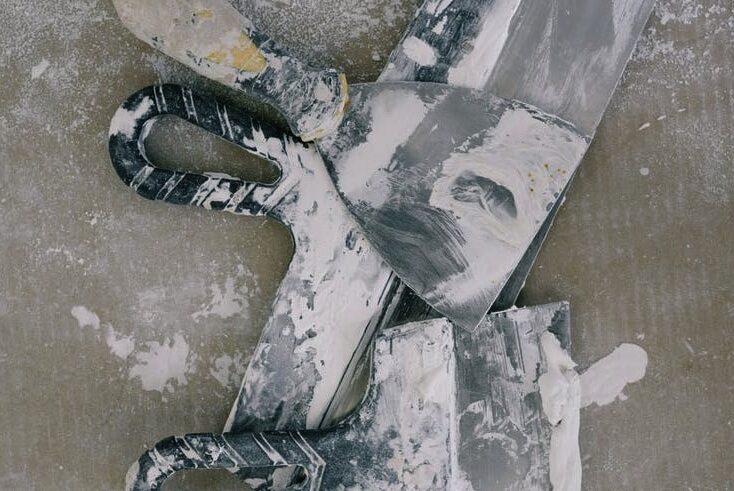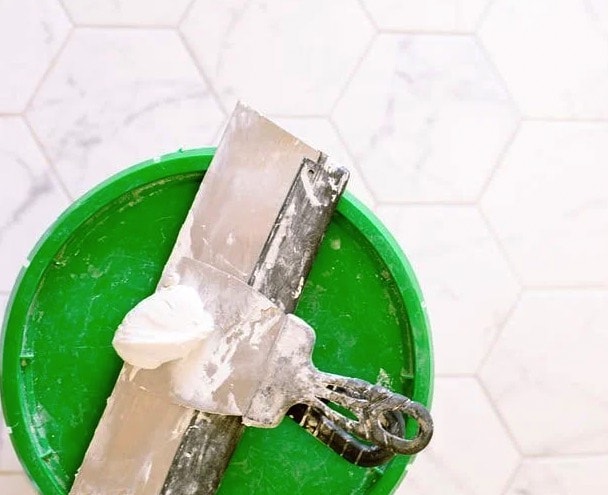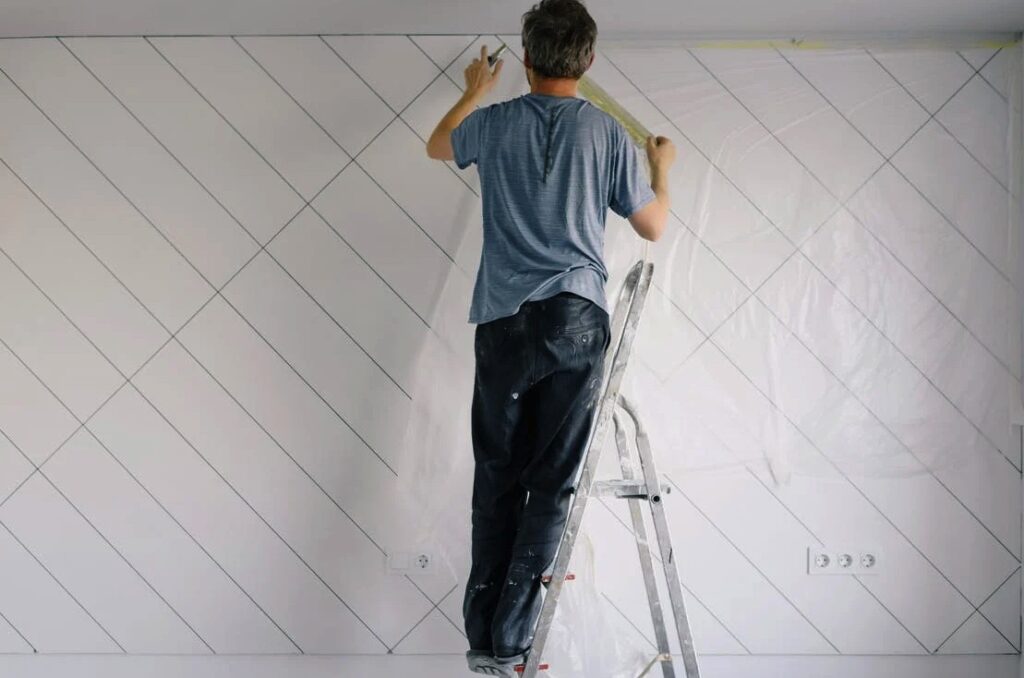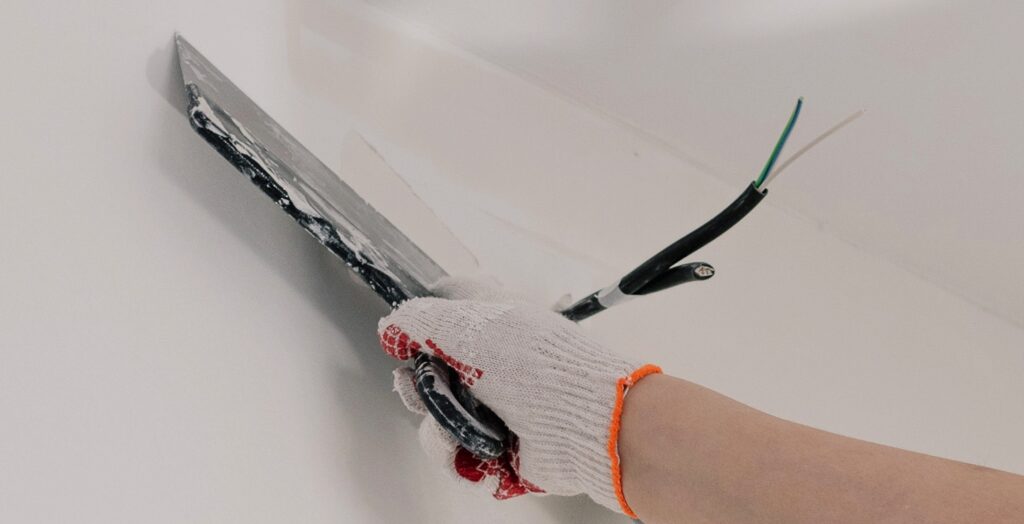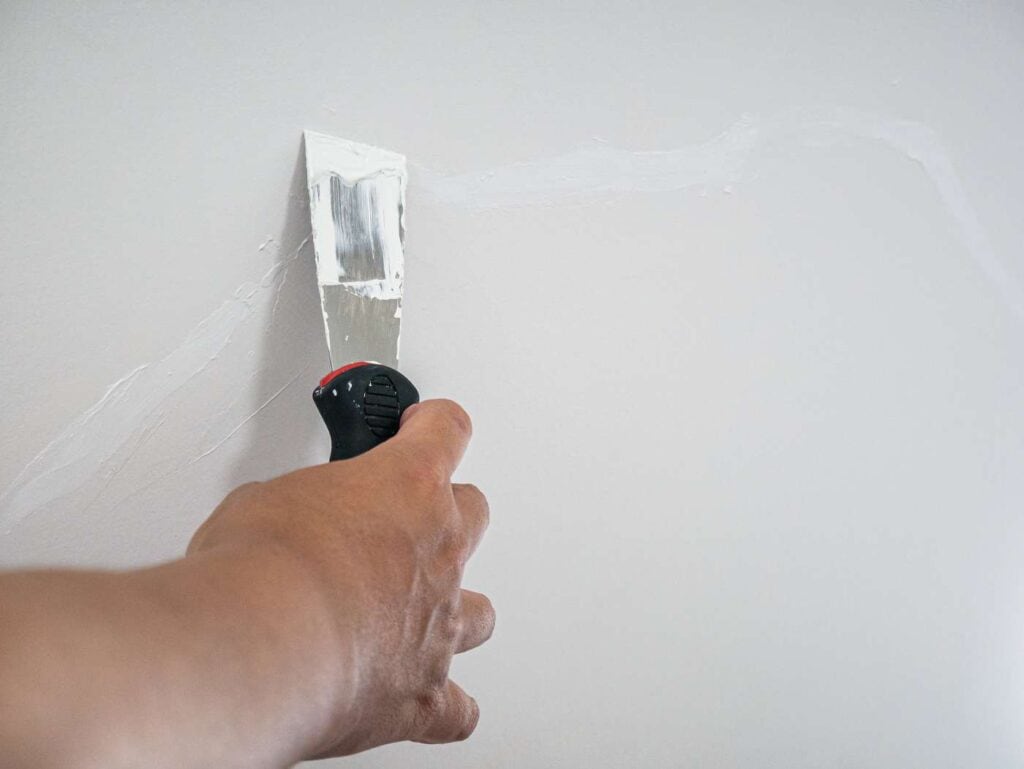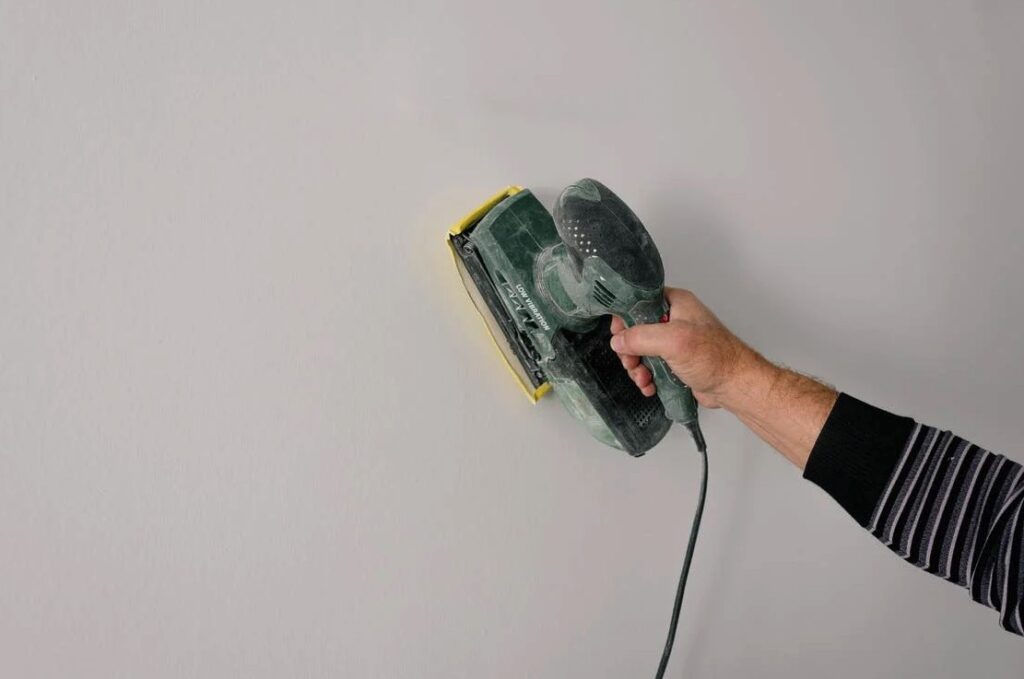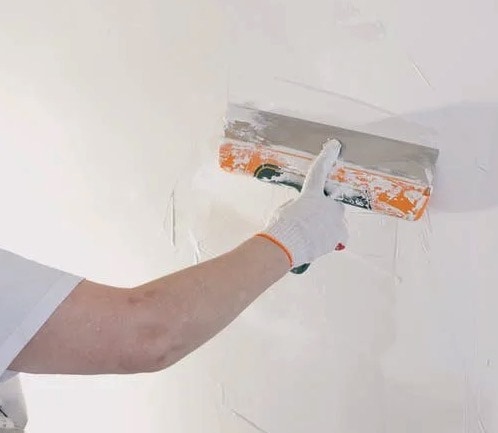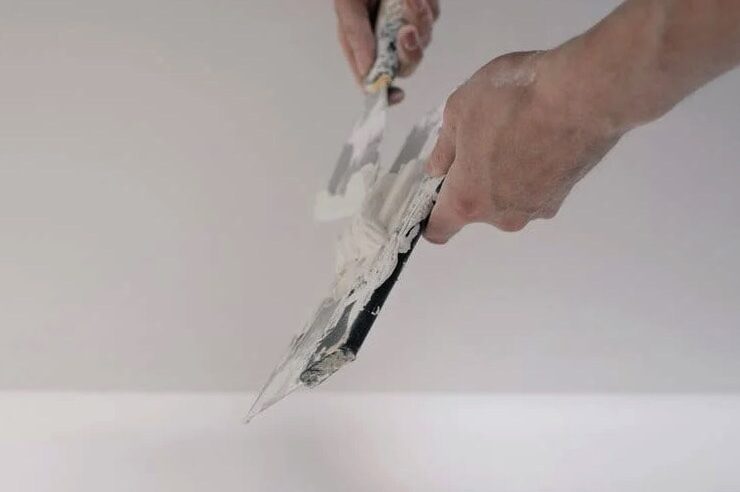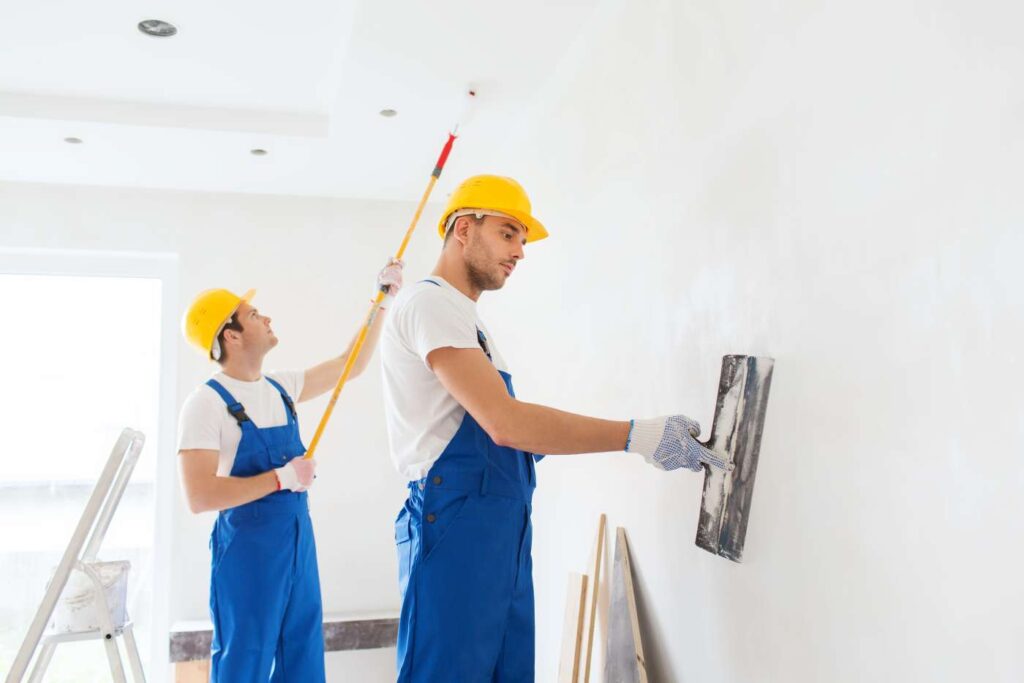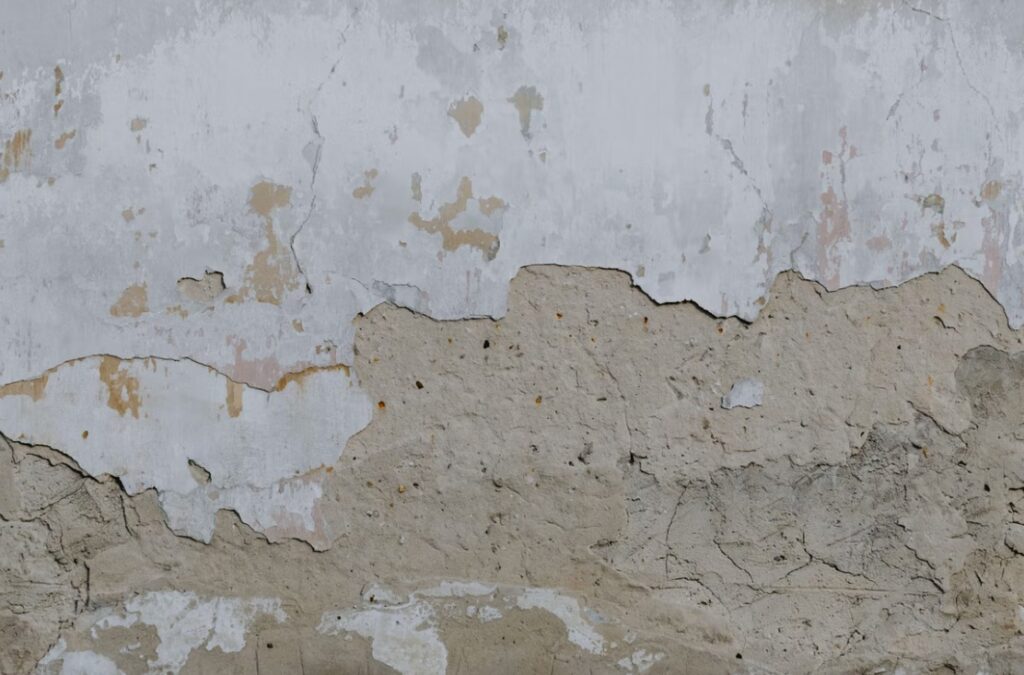Plaster is often used as an interior wall finish due to its durability and classic look. Nevertheless, not every plaster will do the job. Particularly, Venetian plaster's unusual texture and lavish appearance have contributed to its recent surge in favour.
You might be wondering, "What makes Venetian plaster so special?"
This article compares and contrasts Venetian plaster with standard plaster in terms of composition, application methods, and visual appeal.
Read on to learn the fundamental distinctions between these two varieties of plaster, whether you're a homeowner trying to remodel your walls or a design enthusiast interested in the latest trends.
What exactly is Venetian Plaster?
Despite its resemblance to marble, Venetian Plaster lacks the durability and other characteristics of genuine marble. It's composed of lime putty and ground-up marble. When used in conjunction with organic materials, Venetian plaster creates an effect comparable to that of marble.
This is another reason why it's a go-to for homeowners looking for an affordable substitute for marble. There are many varieties of Venetian plaster, each designed to mimic the marble-like shine, texture, and shadings.
Always hire experts if you want beautiful Venetian plaster finishes.
Adding acrylic resins to Venetian plaster improves its overall appearance and works well with the other architectural features of homes and hotels. The composition of Venetian plaster is another factor in its widespread use.
Lime is used in the production of this plaster, making it hypoallergenic and resistant to algae growth.
What is Regular Plaster?
The most common types of mortar often include gypsum, lime, or cement, but they all function similarly. Dry powder is ground into a fine powder and then combined with water to create a glue that sets and may be used on walls.
History of Venetian Plaster
Marble dust that was discarded during the manufacturing process was formerly recycled into imitation marble.
The Renaissance saw the rise in popularity of classical Venetian plaster.
Water, vegetable colours, and marble dust make up the bulk of Venetian plaster's primary components.
Venetian plaster looks quite similar to marble and is often mistaken for the real thing. Because of its composition, natural Venetian could not be utilised on facades, but this all changed with the advent of synthetic plaster.
Modern plaster formulations have lime binders or acrylic binders, which give the material flexibility and allow it to be used on interior constructions. Nowadays, several different types of coatings are sold under the umbrella term "Venetian plaster" in mainstream domestic markets, and these may or may not be equivalent to the authentic Venetian plaster.
The Distinction in Finishing Style
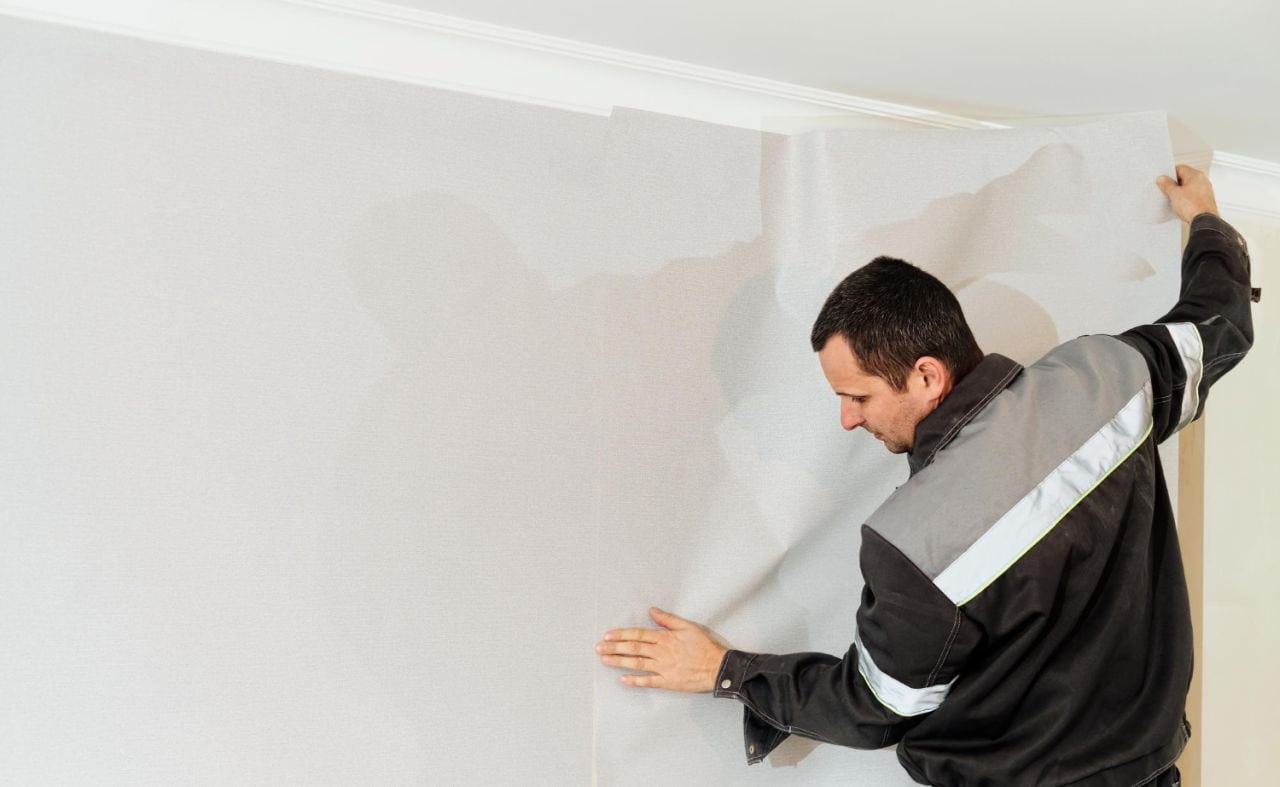
Both normal plaster and Venetian plaster have their own unique textures and looks, but they are finished in quite different ways.
The standard method of applying plaster involves applying a single coat and then smoothing it out to obtain a flat, matte finish. Priming surfaces prior to painting or wallpapering is a common practice.
In contrast, Venetian plaster is put in several coats and burnished to give a glossy, deep-textured finish. Plaster is applied using a trowel in thin layers, with each adding to the texture and lustre of the final product.
After the last coat, a flat, smooth instrument is used to burnish the plaster, giving it a glassy sheen.
Because of its adaptability, Venetian plaster is used in a wide variety of applications. Depending on your needs, you can either polish it to a mirror finish or leave it matte.
Different tools and motions can produce varied patterns and textures, therefore the method of application also affects the final look of Venetian plaster.
Traditional plaster, on the other hand, can only be used in so many creative ways. It can be covered up with paint or wallpaper, but it lacks the depth and sheen of Venetian plaster.
While Venetian plaster is commonly utilised in modern and contemporary interiors, this style is better at home in more traditional or rustic settings.
The texture and appearance of the final finish distinguish Venetian plaster from standard plaster. Venetian plaster, in contrast to the flat, matte finish created by normal plaster, creates a textured, glossy finish with depth and lustre. Venetian plaster is often used in modern interior design because of its adaptability and attractiveness.
The Distinction in Methods of Application
Plaster of Paris and Venetian plaster are two distinct materials that require separate tools and techniques to apply.
Plaster is usually put in a single coat with a trowel to provide a uniform finish.
With a flat trowel, the plaster is applied to the wall or ceiling and smoothed out.
Depending on how thick you want the plaster to be, you may need to repeat this step multiple times.
The procedure of applying Venetian plaster, on the other hand, is more involved. Plaster is applied on the surface in many layers using a trowel.
Thin coats are used for each successive layer, with drying time in between.
When the last coat of plaster has been put, it is burnished with a smooth tool to provide a polished, glossy appearance.
Applying Venetian plaster is an art form in itself since it calls for the artist to utilise a variety of trowel strokes and angles to achieve a wide range of delicate gradations in texture and colour.
The plasterer's ability to work with the material to produce distinctive patterns and textures in the final product is crucial.
But, the application method for regular plaster is far more straightforward and can be taught by any do-it-yourselfer.
For simple wall treatments, it's more cost-effective than Venetian plaster because it involves less work.
The application of Venetian plaster differs from that of standard plaster due to the complexity and skill involved, as well as the number of layers and burnishing used to achieve the desired effect.
Most do-it-yourselfers can learn how to apply regular plaster, which is a lot less complicated.
Regular vs. Venetian Plaster
Roman palaces often featured elegant decorations made of Venetian plaster. Its application in household and official buildings became widespread throughout time.
Like much of the Roman Empire's legacy, Venetian plaster is still widely used as a decorative finishing method today.
But what distinguishes Venice plaster from the regular plaster used in Faux Venetian? Is the higher price justified for Venetian plaster?
Can the regular application be used instead? Let’s find out!
Acrylic vs. Lime Materials
To begin, limestone and powdered marble dust are the primary ingredients of authentic Venetian plaster. In contrast, conventional plaster is manufactured from acrylic and natural (or synthetic) colours.
Undoubtedly, the purpose of regular plaster is to imitate the appearance of marble.
Marble dust and other natural minerals like limestone are used in authentic Venetian plaster.
Because of this, Venetian has a quality of genuineness that can't be replicated with any other material.
Availability and Authenticity
Among the Italian community of artisans and craftsmen, the recipes for genuine Venetian plaster are passed down from generation to generation.
That is to say, only a handful have mastered the art of creating the finest genuine Venetian plaster.
Since faux Venetian (and normal) plaster is so much more accessible, many people choose it over the authentic blend of lime and marble dust.
The results are similar, but not identical.
Depending on geography and the quality of the materials used, Venetian plaster and normal plaster may be more or less readily available and authentic.
Plaster is a standard wall finishing material that can be found at most hardware and home improvement stores. Common ingredients include gypsum or lime, both of which may be found quite cheaply and easily.
Venetian plaster, on the other hand, is likely to be more difficult to come by because of the better-grade ingredients it normally employs, such as marble dust and slaked lime.
The authenticity and longevity of Venetian plaster can be compromised by the use of replacements or lower-quality materials, which might vary by location and even by individual plasterers.
A plaster from Venice can only look like it was made in Venice if the plasterer is skilled.
Achieving a beautiful result with Venetian plaster demands a high level of expertise and practice.
The beauty of authentic Venetian plaster lies in the fact that it is often made by hand using ancient techniques, which can lead to subtle variances in texture and colour.
Yet, as a result of its widespread acceptance, there are also a plethora of cheaper knockoff products on the market that seek to imitate the look of Venetian plaster.
Products like these are convenient because they don't call for extensive training or experience to use, but they may lack the authenticity and longevity of genuine Venetian plaster.
While normal plaster can be found just about anywhere, authentic-looking Venetian plaster may be harder to come by, and its quality and authenticity may rely on the materials used and the plasterer's ability.
If you want your project to have the most authentic and long-lasting finish possible, you should find a plasterer that has experience with classic Venetian plaster processes and hire them.
Cost
The price of both Venetian plaster and standard plaster can vary widely based on a number of factors, including the quality of the materials used, the size of the area to be covered, and the experience and expertise of the plasterer.
The better quality components and labour-intensive application technique that go into making Venetian plaster cause it to cost more than standard plaster.
When compared to conventional plaster, Venetian plaster is more expensive since it is created using more expensive components like marble dust and slaked lime.
Plastering with Venetian style demands more expertise and time, which might drive up labour expenses.
Depending on the quality of the materials and the complexity of the design, the price of Venetian plaster can range from $10 to $20 per square foot.
This is a huge increase in price compared to the $2 to $4 per square foot that standard plaster typically costs.
Although Venetian plaster is expensive, its permanence and resilience make it worthwhile. Because of its durability and the fact that it improves with age, Venetian plaster is the more economical choice in the long term.
In contrast, normal plaster may require more frequent maintenance, such as replacement or repainting, which might increase the final price.
Because of the higher quality materials and more sophisticated application method, Venetian plaster typically comes at a greater price than standard plaster.
Yet, Venetian plaster may prove to be less expensive overall because of its lifespan and resilience.
Plastering costs can vary widely depending on a number of factors; getting estimates from several companies is the best way to choose the one that works best for your budget.
Durability
The quality of the materials used, the climate in which the plaster is applied, and the care and upkeep of the finished surface can all affect how long Venetian plaster or normal plaster lasts.
In most cases, Venetian plaster will outlast regular plaster.
Particularly in high-traffic locations or those subjected to frequent impacts, it is prone to cracking and chipping.
In addition to being more vulnerable to water damage, normal plaster may need periodic care to prevent the formation of mould and mildew.
Nonetheless, Venetian plaster is renowned for its longevity and resilience.
Venetian plaster is more durable and long-lasting than standard plaster because it contains marble dust in addition to lime.
Because of its resistance to water damage, Venetian plaster is a great material for use in wet environments like bathrooms and kitchens.
The fact that Venetian plaster improves with age is another reason why it lasts so long. Plaster develops a unique patina as it ages, which enhances the look of the final product.
It's worth noting, nevertheless, that the longevity of Venetian plaster depends significantly on the expertise of the plasterer.
The integrity of the completed surface and its longevity can be compromised by improper application or the use of low-quality materials.
Because of the superior quality materials used and its resistance to wear and tear, Venetian plaster typically lasts longer than standard plaster.
The two types of plaster have different lifespans based on factors including the materials used, the climate, and whether or not they are well maintained.
Conclusion
Because of its longevity and traditional aesthetic, Venetian plaster is frequently used as an interior wall finish. It is hypoallergenic and resistant to algae growth because it is made of lime putty and crushed-up marble.
Dry powder (gypsum, lime, or cement) is ground into a fine powder before being mixed with water to form a glue that hardens and can be used on walls.
With the development of synthetic plaster, the days of people mistaking Venetian plaster for genuine marble are over.
Lime binders or acrylic binders, utilised in today's plaster formulas, lend the material pliability and enable it to be used in interior buildings.
Several layers of Venetian plaster are applied and then burnished to get the desired glossy, deeply textured surface.
The tools and methods used to work with Plaster of Paris and Venetian plaster are fundamentally different.
Plaster is applied to the wall or ceiling and smoothed out in a single layer using a trowel to achieve a homogeneous appearance.
You may need to do this several times to achieve the desired thickness of the plaster.
When applying Venetian plaster, it's all about the angles and strokes of the trowel to get the look you want.
Substitutes or lower-quality materials can undermine the authenticity and durability of Venetian plaster.
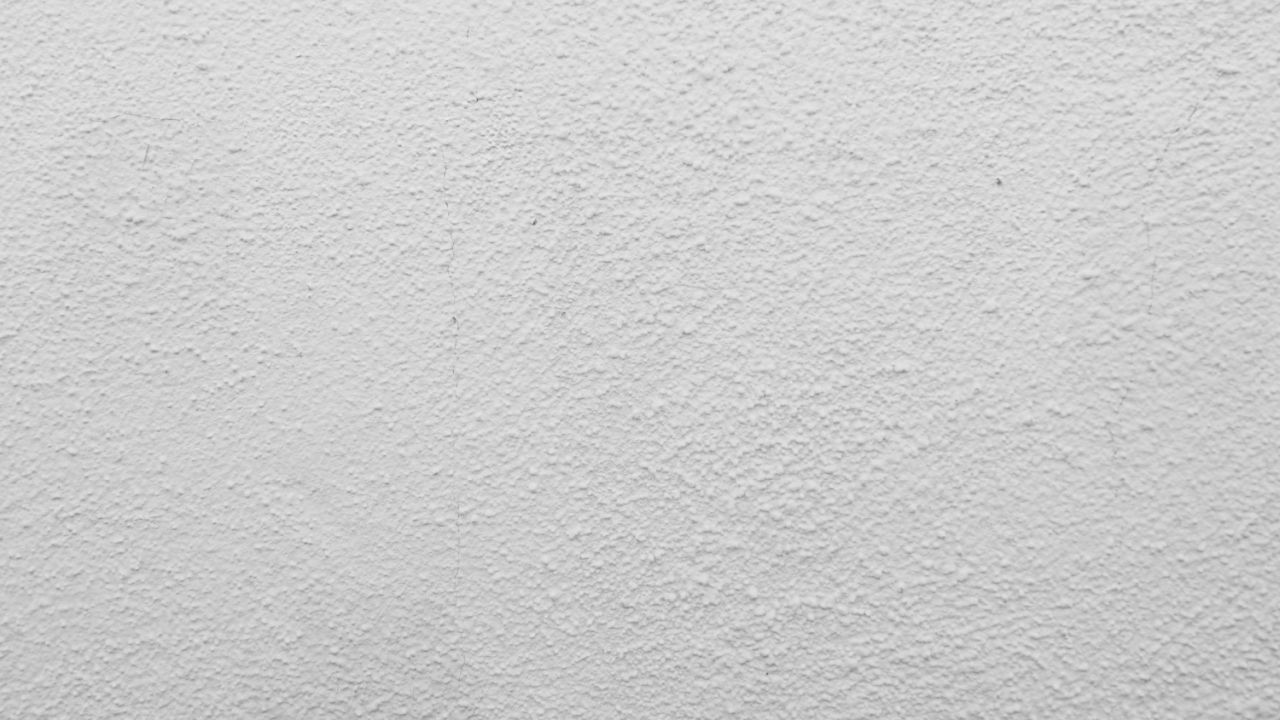
Finding a plasterer with competence in traditional Venetian plaster techniques is essential for achieving a high-quality, long-lasting result.
Many variables, such as the quality of the materials used, the size of the area to be covered, and the experience and expertise of the plasterer, can greatly affect the final cost of either Venetian plaster or regular plaster.
Due to its higher-quality components and labour-demanding application technique, Venetian plaster is more expensive than regular plaster.
The price, which can be anywhere from $10 to $20 per square foot, is justified by the material's longevity and sturdiness.
The best approach to choosing which plastering company is within your price range is to get quotations from several different businesses.
Because of its resilience to water damage and enhanced patina as it ages, Venetian plaster is more resilient and long-lasting than regular plaster.
It easily breaks or chips, but is otherwise known for its durability and longevity. Poor application or low-quality materials can shorten the life of Venetian plaster, but its durability is ultimately up to the plasterer's skill.
Content Summary
- Plaster is often used as an interior wall finish due to its durability and classic look.
- Particularly, Venetian plaster's unusual texture and lavish appearance have contributed to its recent surge in favour.
- This article compares and contrasts Venetian plaster with standard plaster in terms of composition, application methods, and visual appeal.
- Despite its resemblance to marble, Venetian Plaster lacks the durability and other characteristics of genuine marble.
- There are many varieties of Venetian plaster, each designed to mimic the marble-like shine, texture, and shadings.
- The Renaissance saw the rise in popularity of classical Venetian plaster.
- Because of its adaptability, Venetian plaster is used in a wide variety of applications.
- The texture and appearance of the final finish distinguish Venetian plaster from standard plaster.
- Venetian plaster is often used in modern interior design because of its adaptability and attractiveness.
- Plaster is applied on the surface in many layers using a trowel.
- But, the application method for regular plaster is far more straightforward and can be taught by any do-it-yourselfer.
- Most do-it-yourselfers can learn how to apply regular plaster, which is a lot less complicated.
- Marble dust and other natural minerals like limestone are used in authentic Venetian plaster.
- Depending on geography and the quality of the materials used, Venetian plaster and normal plaster may be more or less readily available and authentic.
- While normal plaster can be found just about anywhere, authentic-looking Venetian plaster may be harder to come by, and its quality and authenticity may rely on the materials used and the plasterer's ability.
- If you want your project to have the most authentic and long-lasting finish possible, you should find a plasterer that has experience with classic Venetian plaster processes and hire them.
- The price of both Venetian plaster and standard plaster can vary widely based on a number of factors, including the quality of the materials used, the size of the area to be covered, and the experience and expertise of the plasterer.
- The better quality components and labour-intensive application technique that go into making Venetian plaster cause it to cost more than standard plaster.
- Depending on the quality of the materials and the complexity of the design, the price of Venetian plaster can range from $10 to $20 per square foot.
- This is a huge increase in price compared to the $2 to $4 per square foot that standard plaster typically costs.
- Although Venetian plaster is expensive, its permanence and resilience make it worthwhile.
- Because of its durability and the fact that it improves with age, Venetian plaster is the more economical choice in the long term.
- Because of the higher quality materials and more sophisticated application methods, Venetian plaster typically comes at a greater price than standard plaster.
- Yet, Venetian plaster may prove to be less expensive overall because of its lifespan and resilience.
- Plastering costs can vary widely depending on a number of factors; getting estimates from several companies is the best way to choose the one that works best for your budget.
- The quality of the materials used, the climate in which the plaster is applied, and the care and upkeep of the finished surface can all affect how long Venetian plaster or normal plaster lasts.
- Nonetheless, Venetian plaster is renowned for its longevity and resilience.
- Because of its resistance to water damage, Venetian plaster is a great material for use in wet environments like bathrooms and kitchens.
- It's worth noting, nevertheless, that the longevity of Venetian plaster depends significantly on the expertise of the plasterer.
- The integrity of the completed surface and its longevity can be compromised by improper application or the use of low-quality materials.
- Because of the superior quality materials used and its resistance to wear and tear, Venetian plaster typically lasts longer than standard plaster.
- The two types of plaster have different lifespans based on factors including the materials used, the climate, and whether or not they are well maintained.
Frequently Asked Questions About Venetian Plasterer
Plastering in the Venetian style (also known as Italian plastering) involves creating a marble-like finish on a surface. The natural look and the illusion of texture and patterns offered by Venetian plaster contribute to its classy and elegant appearance.
Venetian plaster is suitable for use in humid environments, such as bathrooms. However, a protective sealer should be applied to avoid water damage and discoloration.
It takes more than just a few YouTube videos to learn how to apply Venetian plaster like a pro. To get the best results from Venetian plaster, it's best to hire a professional.
Providing it is applied and maintained properly, Venetian plaster can last for many years. It is a durable material for interior finishes because it does not easily crack, chip, or fade.
Venetian plaster can be coloured and textured in a wide variety of ways. When mixing the plaster, pigments can be added to change the colour. It's worth keeping in mind that factors like application method and ambient lighting can affect how a colour turns out.
